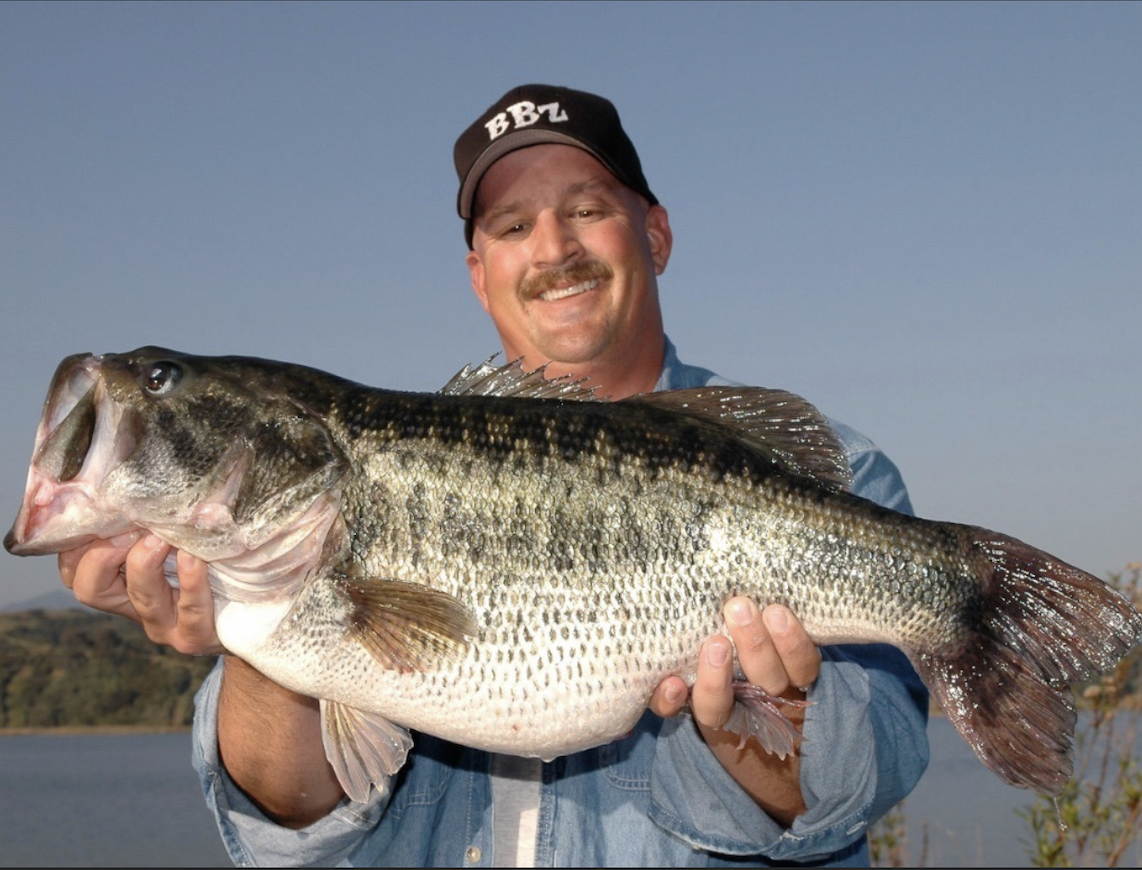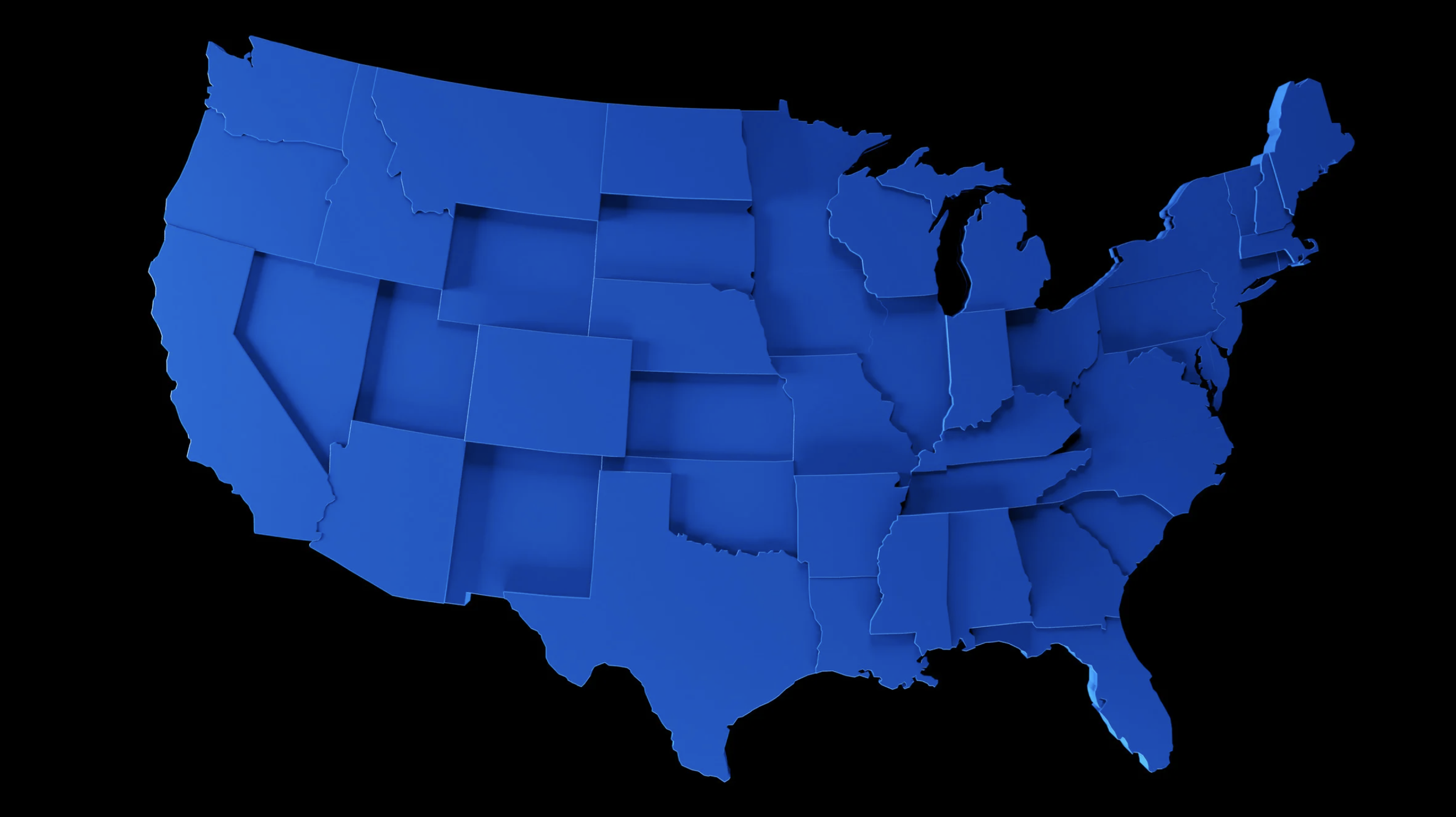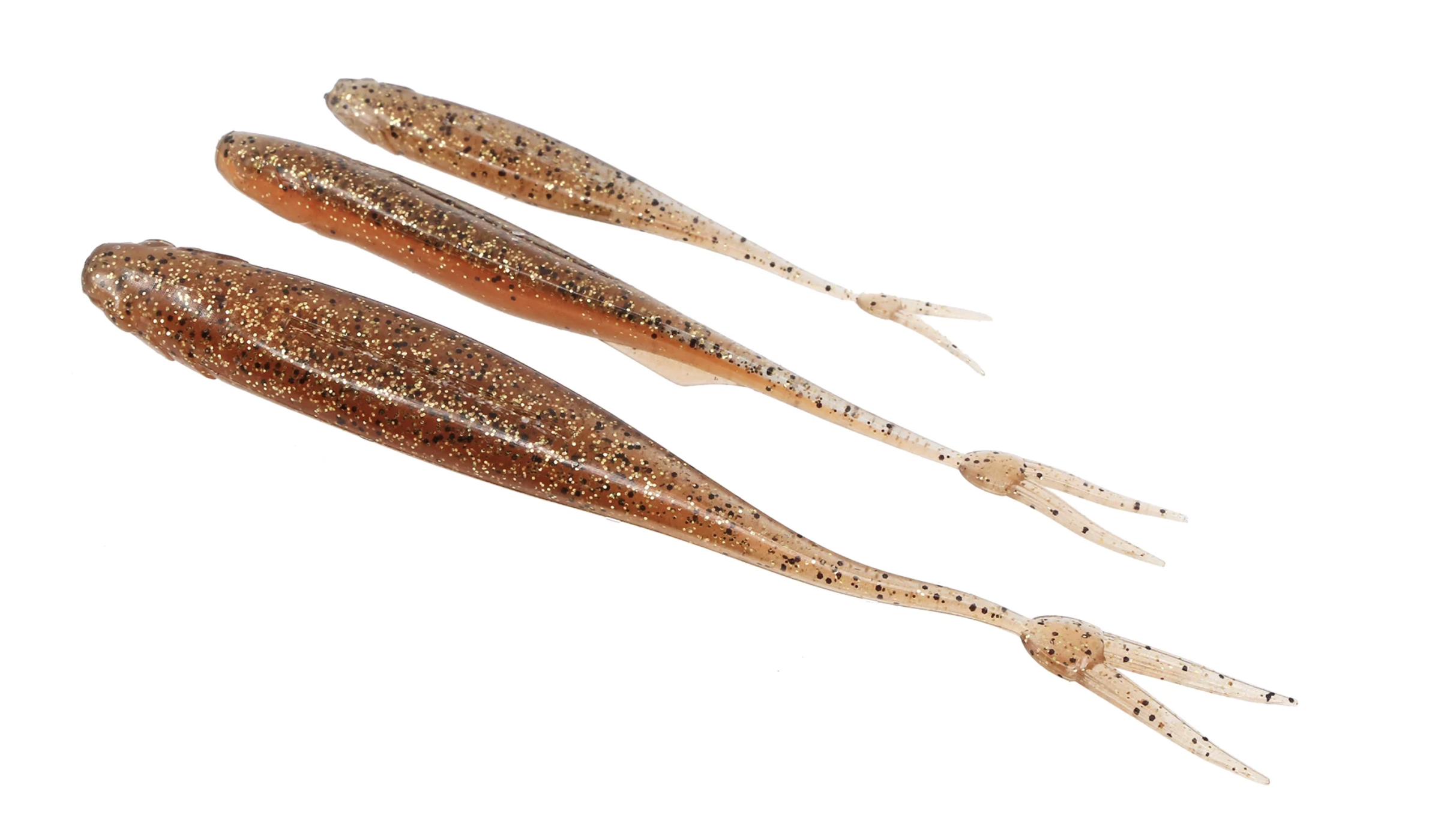Learn how the shad migration dictates fish behavior & how FishLab's -inspired lures like the Bio-Shad Flutter Spoon help you catch more.
Master the Fall Feed: Crash the Shad Schools with FishLab
The air is crisp, the leaves are turning, and across the country, a massive underwater migration is triggering one of the most explosive fishing events of the year. As water temperatures drop, billions of shad and silverside baitfish school up, moving from open water into creeks and coves, becoming a massive, swimming buffet for predator fish. This is the fall shad bite—a time when bass, stripers, and other gamefish abandon caution and gorge themselves, offering anglers a shot at the biggest fish of their lives.
But this opportunity comes with challenges. Unpredictable weather, rapidly changing water conditions, and the constant movement of bait can make finding and catching fish feel like a guessing game. This is where the "Science of the Strike" separates weekend anglers from tournament winners. By understanding fish behavior, forage patterns, and deploying the right tools, you can consistently put fish in the boat.
Recent tournament wins on fisheries from Lake Champlain to the California Delta have one thing in common: the winning anglers keyed in on the fall shad migration. They didn't just fish; they hunted, using advanced angling know-how and precision lures to mimic the specific forage the fish were keyed on.
WHAT IS THE FALL SHAD BITE?
The fall shad bite is a seasonal phenomenon driven by the instinct of baitfish like threadfin shad and gizzard shad to seek warmer, more stable water and safer overwintering habitats.
The Trigger for a Feeding Frenzy
As photoperiod shortens and water temperatures plummet from the 70s into the 50s (Fahrenheit), shad become stressed and are forced to move. These massive schools, sometimes acres wide, become easy targets for predator fish. Bass, walleye, stripers, and crappie will follow these bait balls, attacking them with a reckless abandon they don't show at other times of the year.
A Coast-to-Coast Event
This isn't a regional secret. From the bass-rich reservoirs of the Southeast to the sprawling Great Lakes, and from the tidal rivers of the East Coast to the foothill lakes of California, the pattern is universal. The timing may shift—starting as early as September in the North and lasting through December in the South—but the outcome is the same: a concentrated, predictable, and aggressive bite.
WHEN AND WHERE TO FIND CRASHING FISH
Timing and location are everything. You can't just show up and expect chaos; you have to read the signs.
Following the Calendar and the Thermometer
The bite typically ignites when water temperatures consistently hit the mid-60s and explodes as it falls through the 50s. The heaviest surface activity often peaks in October, but the bite continues well into winter as the bait (and the fish) push deeper.
Key Locations to Target
Backs of Major Coves & Creeks: The primary migration highways for bait. Look for the warmest water and the most significant bait concentrations.
Main Lake Points & Channel Swings: Funnels where bass ambush shad as they move from deep to shallow water.
Offshore Schooling Areas: Use your electronics to find suspended bait balls over old river channels and flats. The fish will be directly below them.
THE FORAGE KEY: MATCHING THE HATCH WITH PRECISION
During the fall, it's not just about throwing a shad-colored lure. It's about matching the size, shape, and action of the specific forage in your body of water.
Identifying Your Local Baitfish
Are the fish eating 2-inch young-of-the-year threadfin shad or 6-inch gizzard shad? Are the silversides dimpling the surface? The winners in tournaments like the recent Bassmaster Open on Smith Lake capitalized on this, downsizing their presentations to match the dominant, smaller baitfish, a strategy straight from the Big Bass Zone (BBZ) playbook.
The Science of Imitation
FishLab lures are designed with scientific accuracy. The ribbed belly, the paint schemes, and the unique swimming actions are all born from hours of observation. This isn't guesswork; it's bio-mechanical mimicry engineered to trigger more strikes.
DOMINATE THE FALL FEED: TOP FISHLAB LURES & TECHNIQUES
Your lure selection must be as versatile as the conditions. Here’s how to build your fall arsenal with FishLab’s proven performers.
The Bio-Shad Flutter Spoon: The Offshore Assassin
When you mark giant schools of shad suspended over deep water, the game changes. You need a lure that can get down quickly and imitate a dying, fluttering baitfish.
Why It Works: The Bio-Shad Flutter Spoon is the ultimate "follow the bait" tool. Its erratic, wounded kick on the fall is irresistible to bass and stripers holding deep.
How to Fish It:
Cast & Flutter: Rip it off the bottom or through a school and let it flutter down. Hold on.
Vertical Jigging: Drop it to the suspended fish, lift your rod sharply, and let it fall back on a semi-slack line.
BBZ Connection: This technique is a cornerstone of the BBZ approach—using your electronics to find the dinner plate and then presenting a precision-matched offering.
The Bio-Shad Indiana Tailspin: The Finesse Powerhouse
When fish are pressured, the water is clear, or they're keyed on tiny bait, downsizing is non-negotiable. The Bio-Shad Indiana Tailspin gives finesse anglers the drawing power of a moving bait.
Why It Works: Its compact profile and unique blade create a perfect balance of flash and vibration, triggering reaction strikes from bass, trout, and walleye without spooking them.
How to Fish It: A slow, steady retrieve just fast enough to make the blade spin is often all it takes. It’s a fantastic search bait for covering water in creeks and along windy banks.
The Nature Series Darting Swimmer: The Shallow Water Sniper
For those heart-stopping moments when fish are crashing shad in the backs of coves, around docks, or in shallow grass, you need a topwater or near-surface bait with a panicked, fleeing action.
Why It Works: The keeled belly of the Darting Swimmer creates a sharp, side-to-side dart with every twitch, perfectly mimicking a shad trying to escape.
How to Fish It: Rig it weightless on a wide-gap hook. "Walk the dog" across the surface or use a "twitch-twitch-pause" retrieve just subsurface to draw explosive strikes from ambushing predators.
The Bio-Minnow Vertical Jig & Guppy Blade Bait: The Versatile Veterans
Don't overlook these hyper-versatile lures for targeting fish relating to rock piles, brush, and other vertical cover.
Bio-Minnow Vertical Jig: Its metal tail provides extra flash and durability. Bend the tail slightly to tune the action from a subtle dart to an aggressive wobble.
Guppy Blade Bait: With two line-tie points, it can be fished for a tight vibration (casting) or a wider wobble (vertical). It's a killer for smallmouth suspending over deep structure.
FISHLAB & BBZ: YOUR CUTTING-EDGE FISHING ADVANTAGE
Why are FishLab and the Big Bass Zone (BBZ) methodology at the forefront of modern angling? It’s a commitment to moving beyond tradition and embracing the science behind the strike.
The Science of the Strike in Action
Founder of the BBZ, Bill Siemantel and the FishLab’s team don’t just design lures in a vacuum. They are on the water constantly, testing, observing, and refining. These principles teach anglers to think like a fish, understanding that factors like forage size, water clarity, and light penetration directly dictate lure choice and presentation.
The Latest Trend: Forage-First Fishing
The biggest trend in competitive and recreational fishing right now is a hyper-focus on the forage base. It’s no longer enough to know a lake has shad; you need to know what kind of shad, what size, and what their behavior is. This "forage-first" approach is the entire foundation of FishLab’s design philosophy and is what’s putting trophies in the net and checks in the hands of tournament anglers.
A NOTE ON REGULATIONS AND ETHICS
The fall bite is a precious resource. As you pursue these fish, always be aware of and adhere to local regulations.
Check Your Local Rules: Creel limits, size restrictions, and seasons can vary by state and body of water. Always consult your local Department of Fish and Game regulations before you head out.
Practice Catch and Release: Consider releasing larger breeding fish to ensure the fishery's health for seasons to come. Handle fish quickly and with wet hands to preserve their protective slime coat.
GEAR UP FOR YOUR BEST FALL SEASON YET
The fall shad migration is a short window of incredible opportunity. Don't let it pass you by. Arm yourself with the knowledge of the Big Bass Zone and the precision tools from FishLab Tackle.
Ready to put these patterns to the test?
Explore the full lineup of lures mentioned in this article and get geared up for success. [Shop the FishLab Collection Here]
Follow us on social media for real-time fall bite updates, tips, and catches from the community.
Want to take it to the next level? Our network of pro-staff and guides live and breathe these patterns. [Contact Us] to learn more about guided trips or sponsorship opportunities.








